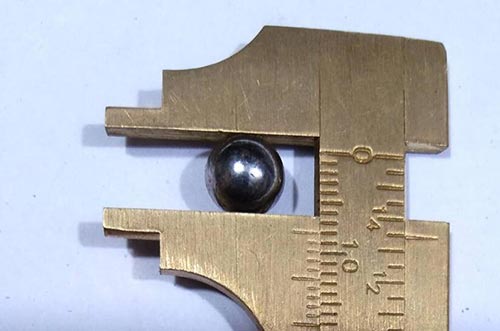How do you measure steel balls?
Views: 1001 Update Date:Aug 29 , 2024
Measuring steel balls can be done in several ways, depending on the specific dimensions and properties you need to determine. Here are common methods used for measuring steel balls:
Micrometer: A micrometer can provide a more precise measurement of the diameter. It can be especially useful for smaller diameter balls.
Profile Projector: Similar to the optical comparator, this tool can evaluate the profile of the ball for any deviations from perfect sphericity.
Prev: What is the ball grinding mill process?
Next: What are the applications of ball milling?
1. Diameter Measurement
Calipers: Use a pair of calipers (digital or manual) to measure the diameter of the steel ball. Place the ball between the jaws and ensure that the measurement is taken at the widest point.Micrometer: A micrometer can provide a more precise measurement of the diameter. It can be especially useful for smaller diameter balls.
2. Weight Measurement
Scale: Use a digital scale to measure the weight of the steel ball. Make sure to tare the scale if using a container.
3. Surface Finish
Roughness Tester: To measure the surface finish or roughness, a roughness tester can be used which provides a roughness average (Ra) reading.

4. Hardness Testing
Hardness Tester: Instruments like Rockwell or Brinell hardness testers can determine the hardness of the steel balls.
5. Sphericity and Roundness
Optical Comparator: This device can assess the roundness of the steel balls by projecting their silhouette onto a screen for comparison with calibrated standards.Profile Projector: Similar to the optical comparator, this tool can evaluate the profile of the ball for any deviations from perfect sphericity.
6. Volume Measurement
Displacement Method: Submerge the steel ball in a graduated cylinder filled with water and measure the volume of water displaced. This gives the volume, which can be related back to the diameter.
Important Considerations
Ensure that the measuring tools are calibrated and appropriate for the precision required.For rigorous applications, consider environmental factors such as temperature and humidity, which may affect measurements.





